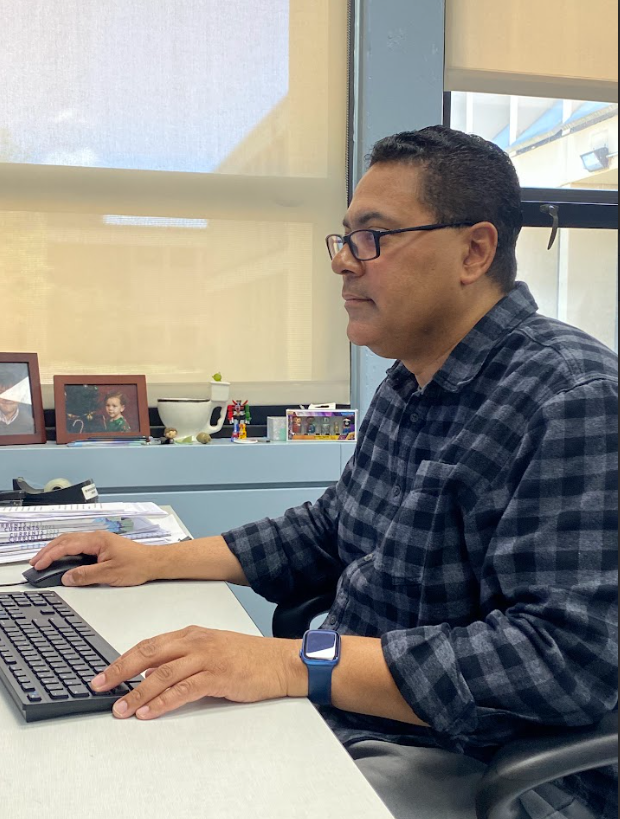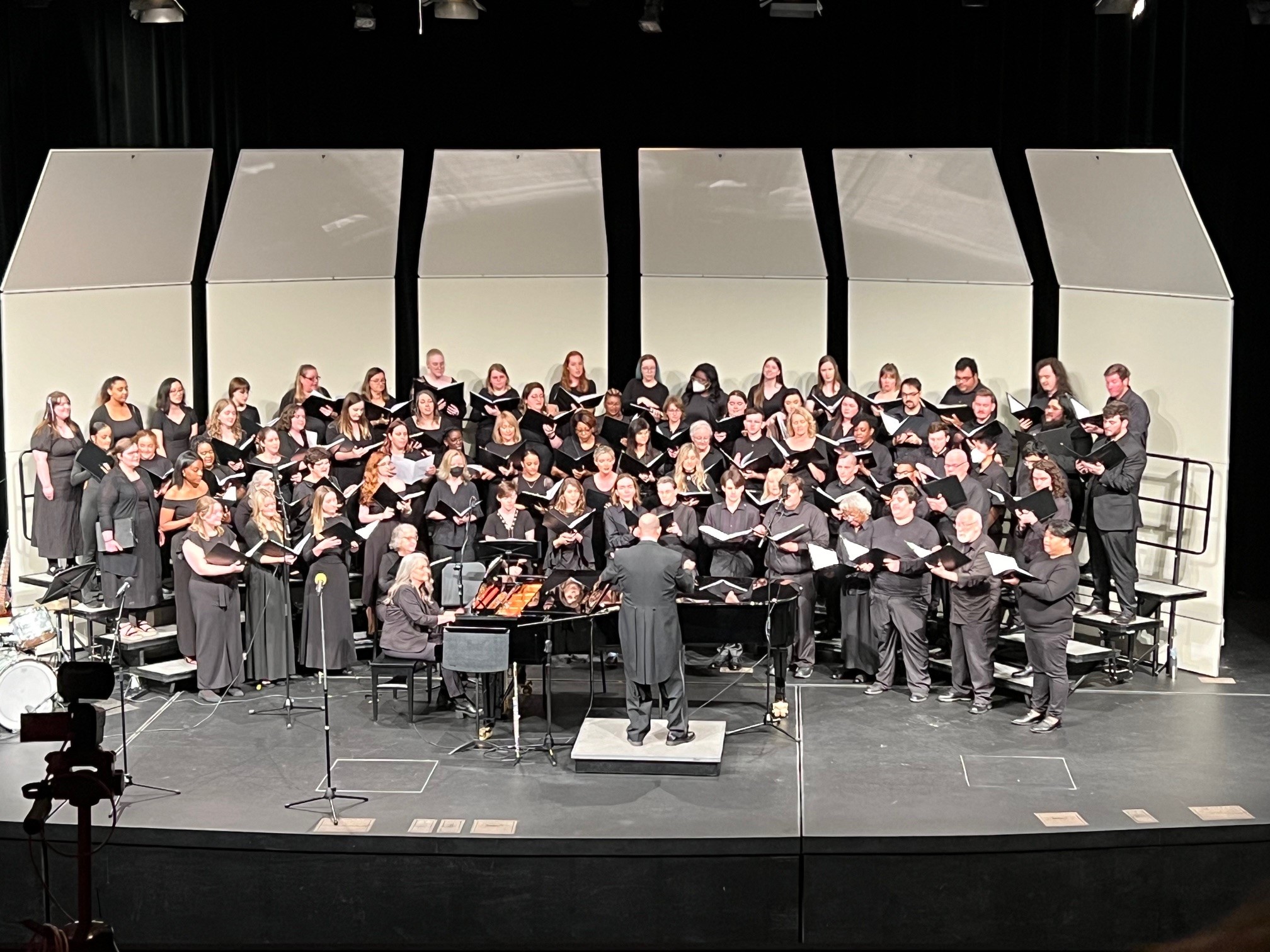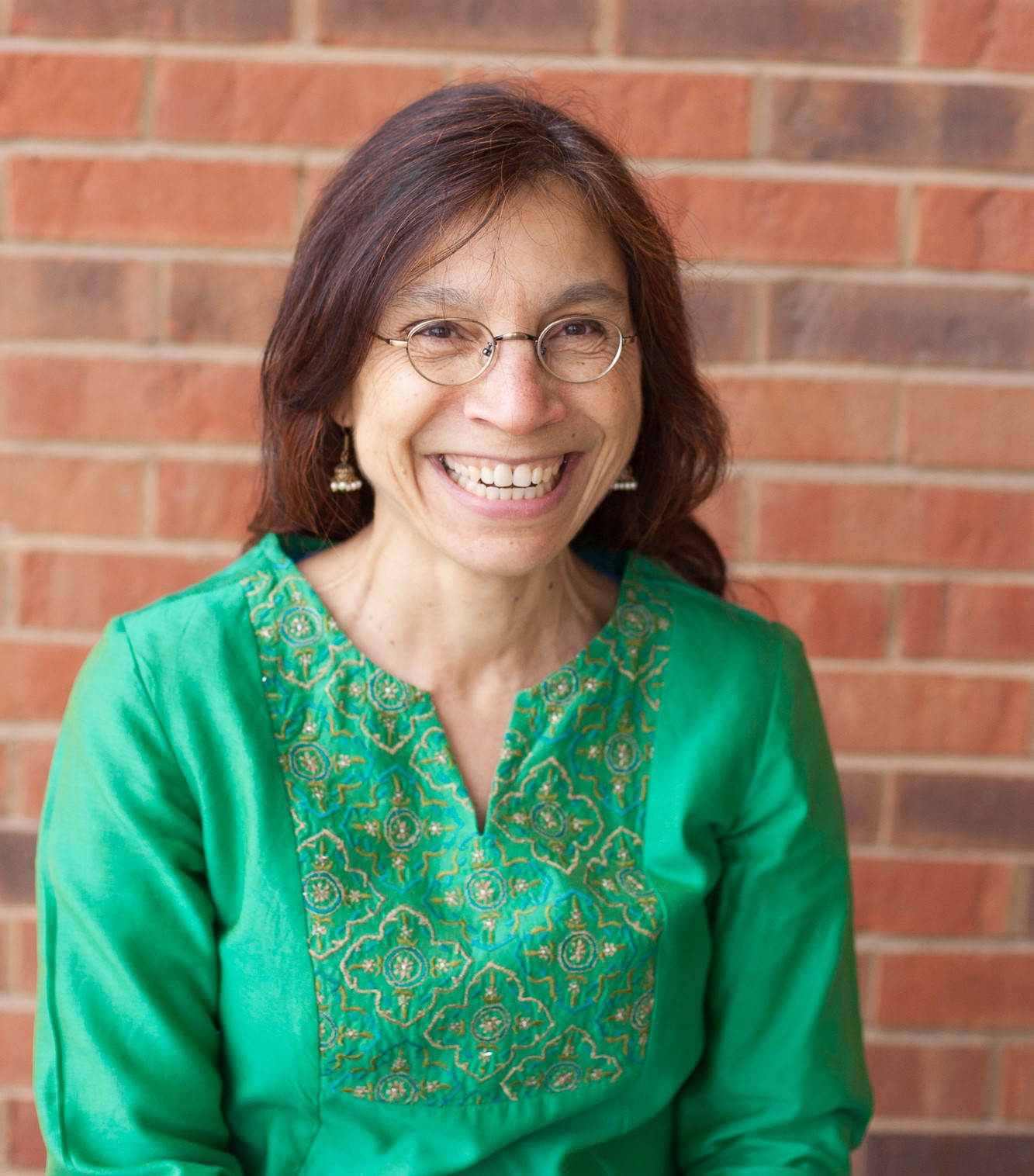BY: TYRA LEESMAN
PRINT EDITOR-IN-CHIEF
The Saint Louis Community College Meramec campus, as well as the Forest Park and Florissant Valley campuses, have maintained a student run newspaper since the college’s opening in 1963. What began as “The South Campus Knapsack,” complete with a masthead of question marks asking for student suggestions  for a publication name, quickly evolved into “The Montage.” After all, it was conceived to be the voice of the students on campus.
for a publication name, quickly evolved into “The Montage.” After all, it was conceived to be the voice of the students on campus.
“You don’t always have a newspaper at a two-year institution, “ said Kavahn Mansouri, a former Editor-in-Chief who currently works as a reporter for the Washington Missourian. “If you look back at some of the reporting that we did in my day, you can see some of how the campus got to where they are now. It’s important for students to know what’s going on with the school they put so much into. The better reported a place is, the more accountable and better run it will be.”
Over the years, 53 complete volumes of 14 issues each have been published.
A number approaching 100 students have served as editor-in-chief. The very first editor-in-chief was a student named Deanna Watts. The first faculty advisor, who is responsible for the training of student staff, was Professor Malkom Jackoway. Rich Muchalski was the longest running adviser. Shannon Philpott-Sanders has served as the faculty adviser since 2007.
The Montage is currently on its 54th volume and second issue.
The Montage is staffed by students, both paid and volunteer. Editors of particular sections are responsible for the writers who research, interview, write and submit in each section of the publication.
Art and Life covers the events, people, daily life and activities of those on campus. News covers current events that relate to or happen on campus. Sports is a section for teams and events, but also a broad range of relative subjects like sportswear and Health and Wellness classes. Opinions is a place where students offer their reflections, arguments and expressions whereas all other sections prohibit taking sides.
While the layout of “The Montage” is currently digitized, in the past, layout was completed on paste-board, photographed, and finally submitted to the press for printing, according to Meramec Professor Eric Meyer.
“We made the transition from doing literal galleys and cutting and pasting text, taking a picture of that and sending it to the printers,” said Meyer, who served as the managing editor of “The Montage” in the 90’s. “Even when we got computers, we did layout on paste-board for a long time.”
The Montage has received a range of awards over the decades. Among these awards is the Pacemaker, awarded by the Associated Collegiate Press (ACP). This award is considered to be the highest honor in collegiate journalism, and The Montage most recently was awarded a Pacemaker in 2014, as well as 1989, 1991, 1992, 1996, and 2008.
Students considering working at “The Montage” should prepare for the most challenging and rewarding things they will do in college, according to Carlos Restrepo, former Editor-in-Chief and current Membership Coordinator at the Hispanic Chamber of Commerce of Greater St. Louis.
“You leave with an arsenal [of skills]: graphic design, writing and all of these skills that transfer to literally every job.
Even if you don’t want to be a reporter or graphic designer, there are companies who don’t even know how to draft an email,” said Restrepo.
Professor Eric Meyer recalls a mentor who told him, “Tell your students this: if they can write, they can work.”
“Companies don’t just want to hire an engineer. They want a person who can communicate well about engineering,” said Meyer.
Students who wish to apply to the Montage can access an application online at MeramecMontage.com under the ‘Jobs’ tab.
“The Montage” meets weekly at 5 p.m. on Tuesdays in the Student Center, Room 220A.











